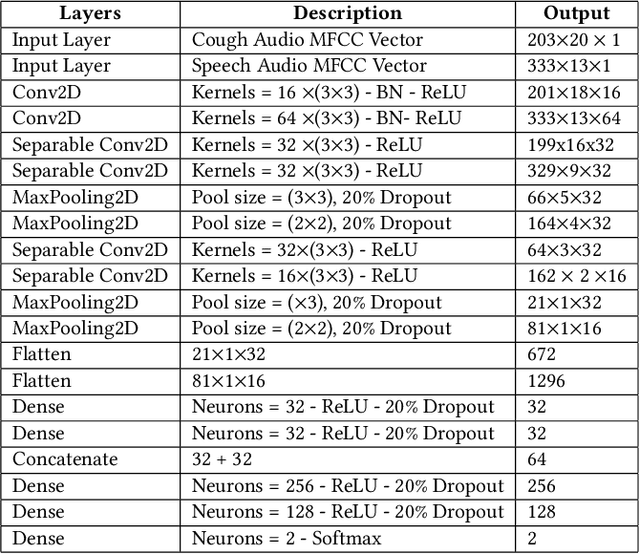TinyM$^2$Net: A Flexible System Algorithm Co-designed Multimodal Learning Framework for Tiny Devices
Paper and Code
Feb 09, 2022



With the emergence of Artificial Intelligence (AI), new attention has been given to implement AI algorithms on resource constrained tiny devices to expand the application domain of IoT. Multimodal Learning has recently become very popular with the classification task due to its impressive performance for both image and audio event classification. This paper presents TinyM$^2$Net -- a flexible system algorithm co-designed multimodal learning framework for resource constrained tiny devices. The framework was designed to be evaluated on two different case-studies: COVID-19 detection from multimodal audio recordings and battle field object detection from multimodal images and audios. In order to compress the model to implement on tiny devices, substantial network architecture optimization and mixed precision quantization were performed (mixed 8-bit and 4-bit). TinyM$^2$Net shows that even a tiny multimodal learning model can improve the classification performance than that of any unimodal frameworks. The most compressed TinyM$^2$Net achieves 88.4% COVID-19 detection accuracy (14.5% improvement from unimodal base model) and 96.8\% battle field object detection accuracy (3.9% improvement from unimodal base model). Finally, we test our TinyM$^2$Net models on a Raspberry Pi 4 to see how they perform when deployed to a resource constrained tiny device.
 Add to Chrome
Add to Chrome Add to Firefox
Add to Firefox Add to Edge
Add to Edge